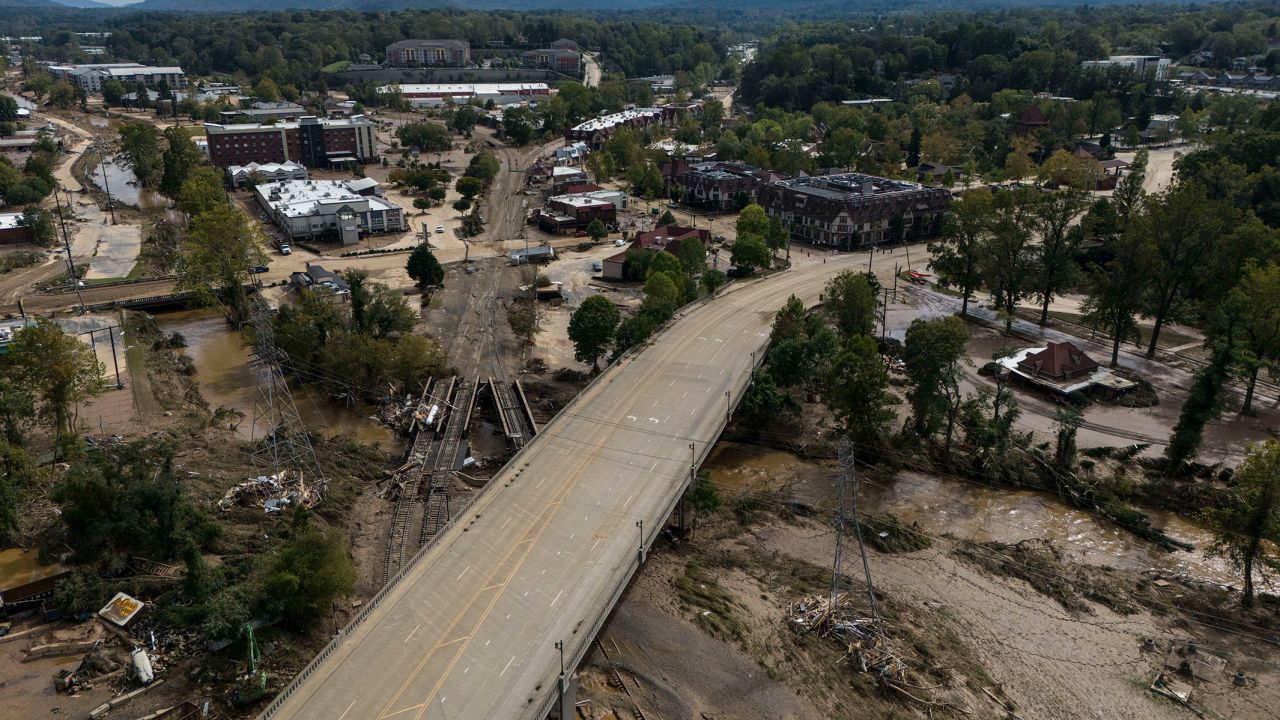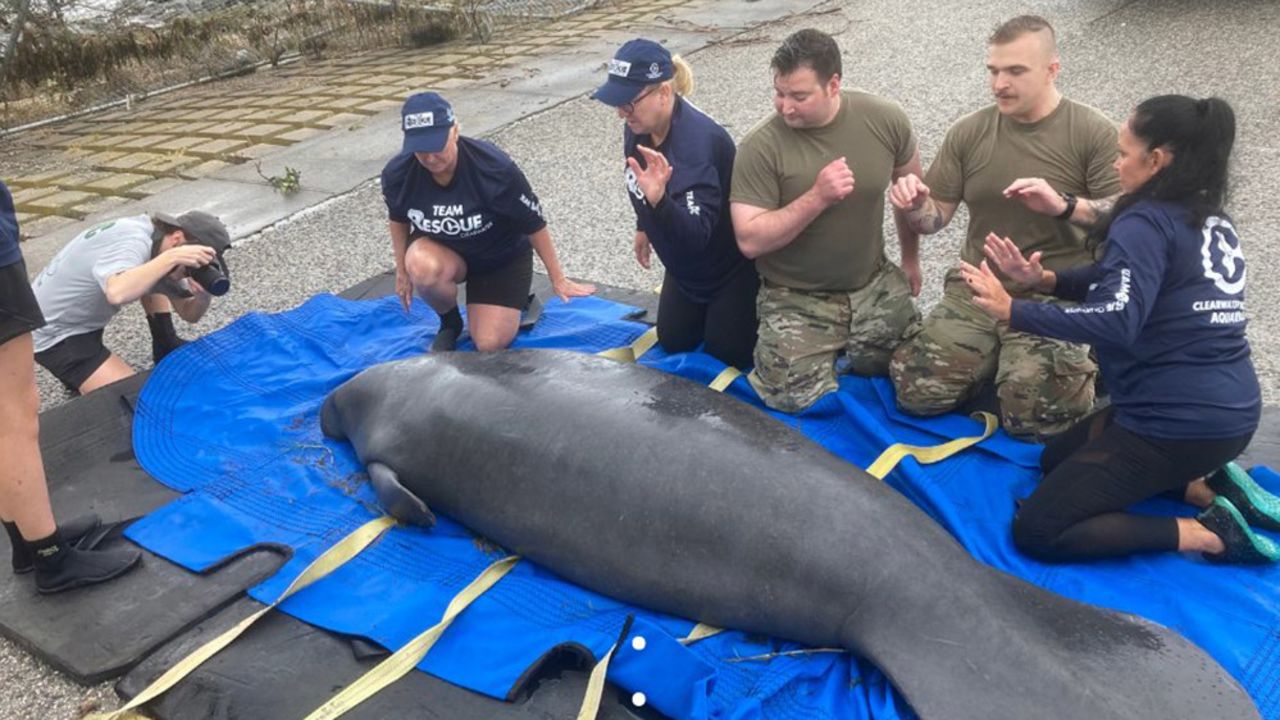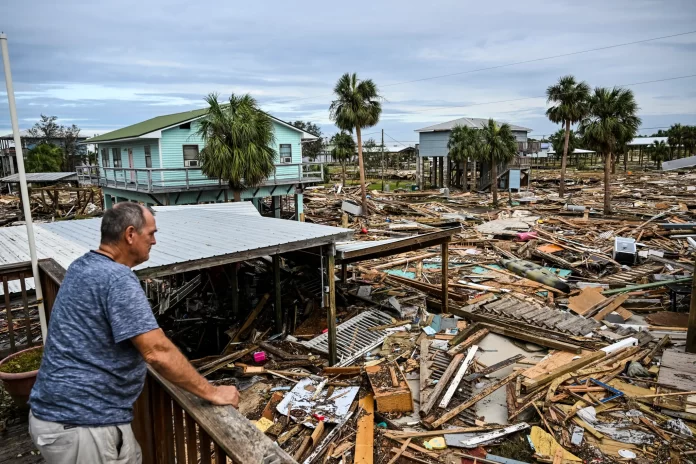Southeast Devastated by Hurricane Helene’s Deadly Impact
The Southeast is reeling from the widespread destruction caused by Hurricane Helene, which brought severe flooding and storm damage across several states. More than 150 people have lost their lives, with North Carolina being the hardest hit. In Buncombe County alone, which includes Asheville, 57 people have died, and entire communities remain submerged under feet of water.
President Joe Biden is set to visit North Carolina tomorrow, while Vice President Kamala Harris will assess the damage in Georgia. Their visits come as efforts to recover and rebuild are just beginning in the wake of the devastating storm.

Hurricane Helene’s Path of Destruction
Hurricane Helene made landfall in Florida as a powerful Category 4 storm, bringing winds of more than 100 mph. While power is slowly being restored, over 1.4 million energy customers remain without electricity across the affected areas. Hundreds of roads remain closed, particularly in the Carolinas, hindering the delivery of much-needed supplies. The Carolinas and Georgia have suffered particularly severe flooding, with search and rescue efforts still ongoing.
Death Toll by State: The Cost of Helene
The death toll from Hurricane Helene has been staggering, with deaths reported across six states:
North Carolina: 56 fatalities
South Carolina: 30 fatalities
Georgia: 25 fatalities
Florida: 11 fatalities
Tennessee: 6 fatalities
Virginia: 2 fatalities
Rescue efforts are continuing as cadaver dogs and search crews navigate treacherous conditions, especially in western North Carolina, where many communities are still grappling with the disaster’s aftermath.
Search and Rescue Efforts Continue in Hard-Hit Areas
Rescue operations have been intense, especially in western North Carolina, where search crews are wading through knee-deep mud and debris to locate victims. In neighboring Tennessee, Governor Bill Lee witnessed search crews pulling two bodies from the wreckage, underscoring the severity of the ongoing recovery efforts. The total death toll, which currently stands at over 160, is expected to rise as more areas become accessible to first responders.
Wildlife Rescues Amid the Storm’s Aftermath
In addition to human victims, the wildlife in the region has been heavily impacted. Florida Fish and Wildlife Conservation Commission biologists are actively rescuing manatees stranded by the storm. In one notable rescue, a manatee that became trapped on the runway at MacDill Air Force Base was successfully saved after the water levels receded, leaving it unable to return to the bay. Residents are advised not to handle stranded or injured manatees and to contact local wildlife agencies for assistance.

Power Outages and Road Closures Complicate Recovery
With over 1.4 million people still without power and more than 2 million affected by road closures, the region’s recovery is slow. Local authorities and emergency services are working tirelessly to restore power and reopen roads, but the scale of the damage has made the process challenging. The lingering outages are leaving many communities frustrated as they deal with extreme heat and the lack of essential services. Some have resorted to cooking on charcoal grills or hiking to higher ground in hopes of finding cell service to communicate with loved ones.
More Storms Loom as Recovery Begins
As the Southeast grapples with the aftermath of Hurricane Helene, there’s concern about future storms. Meteorologists have identified a medium chance that a new storm could develop in the western Caribbean or Gulf of Mexico later this week. Although it is too early to predict its exact path, residents in the region are advised to stay vigilant and monitor weather forecasts closely.
A Community Struggling to Rebuild
In the wake of the destruction, Southeast communities are beginning to rebuild. North Carolina Governor Roy Cooper summarized the scale of the devastation in a recent news conference: “Communities were wiped off the map.” The damage caused by Hurricane Helene is one of the most deadly and costly in U.S. history, leaving millions of people struggling to recover and rebuild their lives.
As the region braces for the long road to recovery, the efforts of search crews, rescue teams, and local communities remain focused on helping those in need and addressing the widespread damage left in Helene’s wake.








